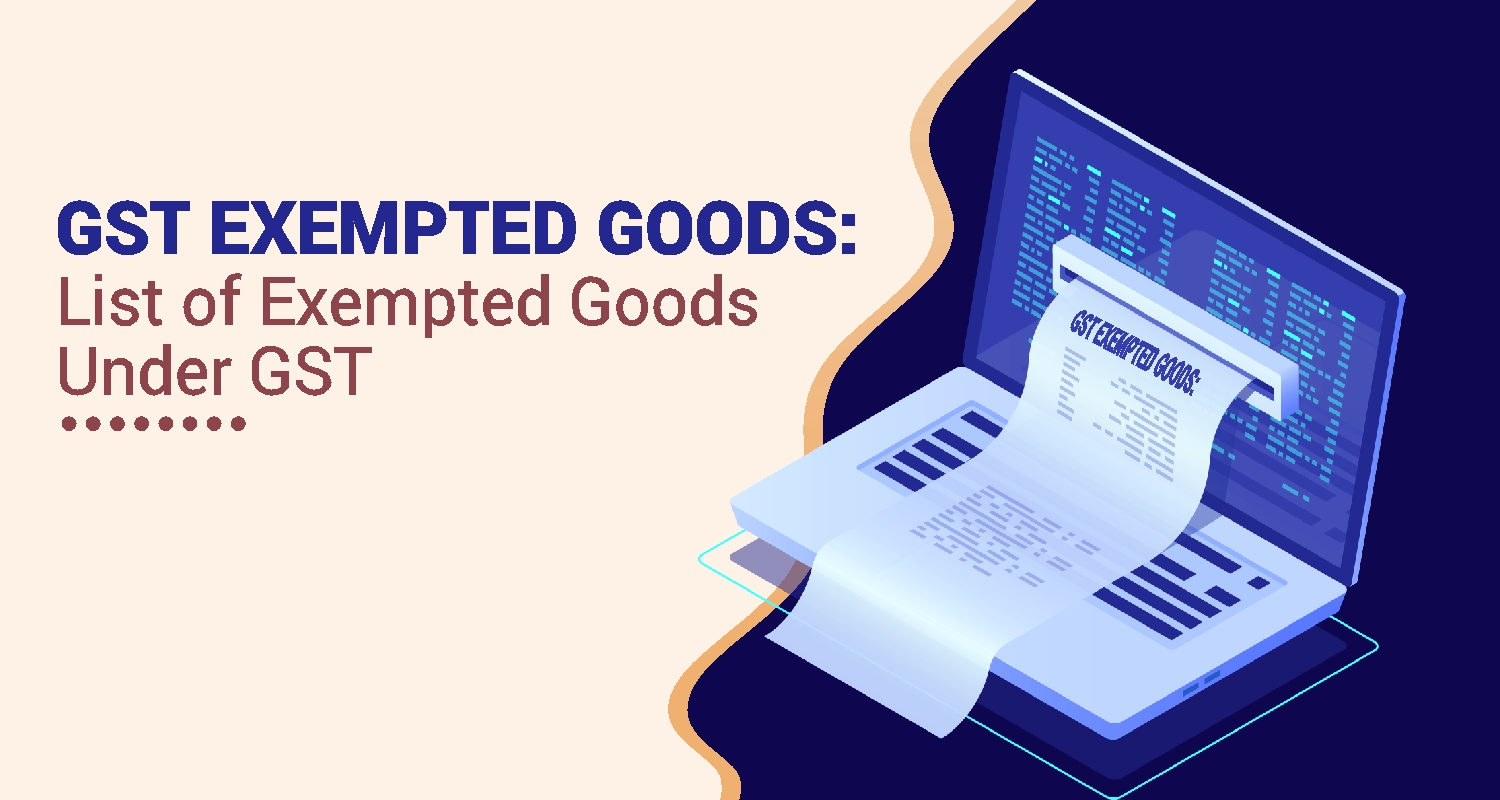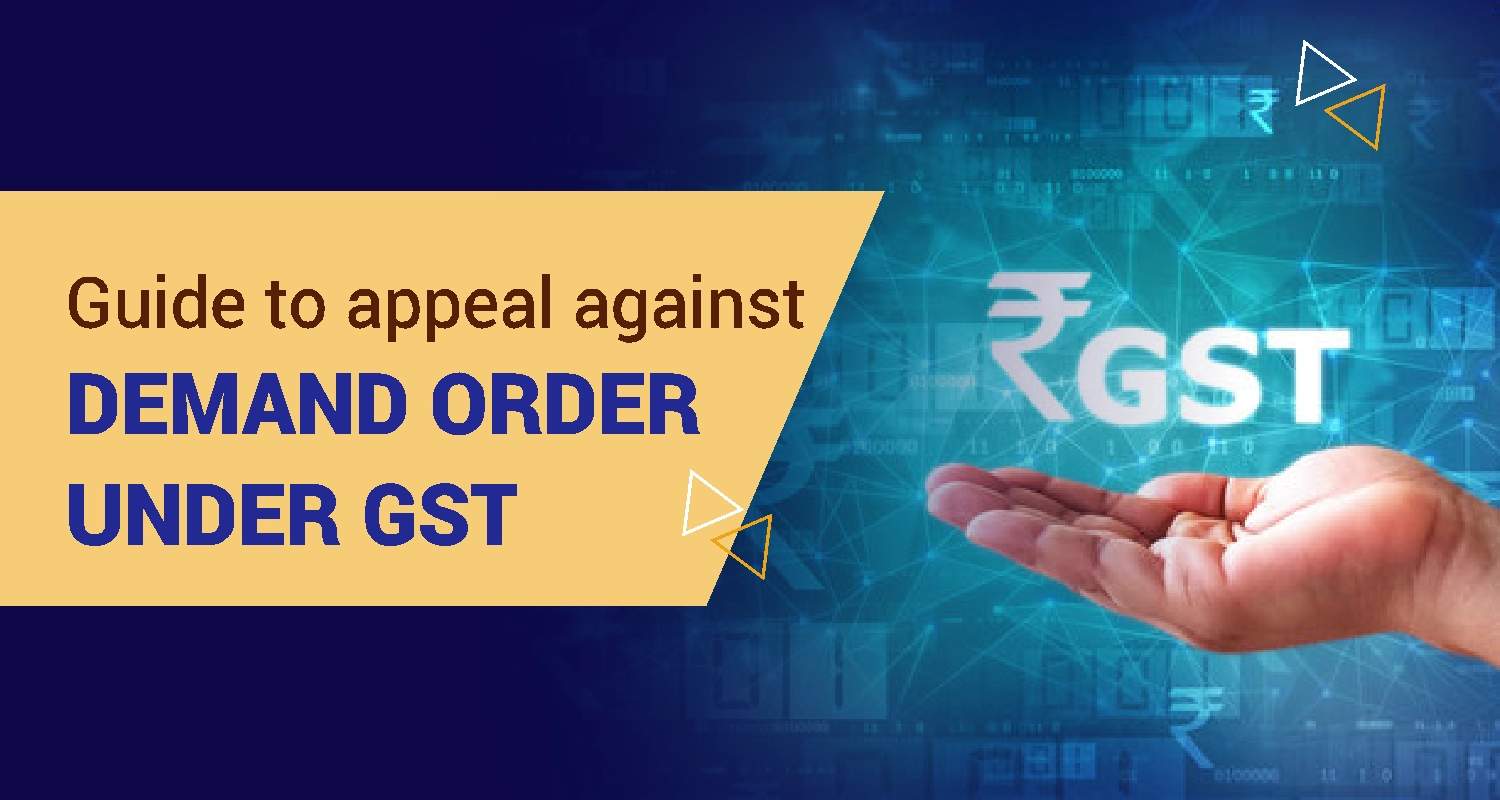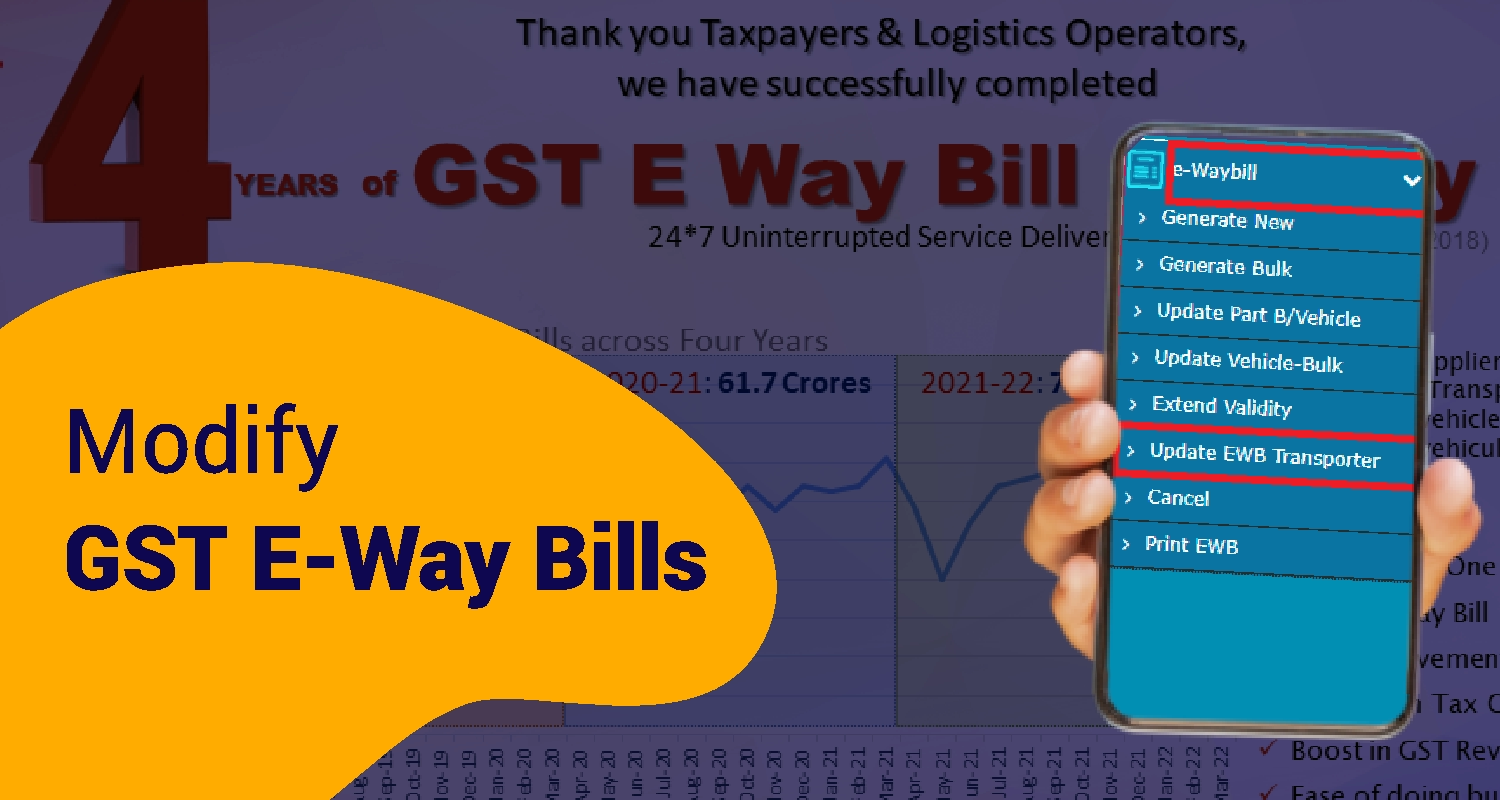Understanding the Types of ITR Forms in India

You are filing your income tax for the first time and have experienced both excitement and intimidation. There are different types of ITRs and with diverse income sources, exploring the maze of ITR forms can get overwhelming. Selecting the right ITR form types is essential to ensuring compliance with tax regulations and avoiding potential penalties. This blog will explain how to select an ITR form type and provide a comprehensive overview of different ITR forms and their applicability to various income profiles, including salaried individuals, business owners, and investors.
What is ITR?
An Income Tax Return (ITR) is a form in which taxpayers file information about their income earned and the tax applicable to the income tax department. The Department of Income Tax has notified seven forms: ITR-1, ITR-2, ITR-3, ITR-4, ITR-5, ITR-6, and ITR-7. Every taxpayer must file their ITR on or before the specified date. The type of ITR will align with the taxpayer’s source of income, the amount of income earned, the taxpayer's category, and the applicability of the ITR form.
Why should you file an ITR?
- To claim an income tax refund from the Income Tax department.
- You must file ITR if you have earned from or invested in foreign assets during the FY.
- To apply for a visa or a loan
- You need to file if you are a taxpayer for your company or a firm, irrespective of profit or loss.
All business, profession, or capital gains losses can be carried forward for the following years once you file the income tax before the due date.
What are the different types of ITR?
Following are the different types of ITR.
1. ITR-1 or Sahaj
Individuals who fall under the following categories can opt for the ITR-1 form
- Salary and pension earners
- Income of up to Rs.50 Lakh
- If you have earned any income from other sources (except winning a lottery or horse racing)
- Agricultural income less than Rs.5,000
- Payments received for a single-house property with certain exclusions
2. ITR 2
Individuals and Hindu United Families (HUF) who fall under the following category can opt for the ITR-2 form:
- Income exceeding Rs.50 Lakh.
- Income received through salary, pensions, capital gains, and other sources ITR (income received from sources other than business or profession)
- Income generated from foreign assets
- Agricultural income exceeding Rs.5,000
- Individuals and HUF must get revenue from sources other than their enterprise or occupation.
- NRIs who earn money from a job, a home, capital gains, or other sources
- Salaried people,those who have made profits or damages from stock purchases and sales.
3. ITR 3
Individuals and Hindu United Families who fall under the following category should opt for the ITR-3 form:
- Income from a business or profession
- Income received from being a partner in a firm
- Income received through salary, pension, capital gains, and other sources
- Investments in unlisted equity shares
- Individual director in a company
4. ITR 4 or Sugam
Here are those who are eligible for the ITR 4 form:
- Individuals, Hindu United Families, and firms with income up to Rs.50 Lakh from businesses or professions
- Who has chosen the presumptive income scheme under Section 44AD, Section 44ADA, and Section 44AE of the Income Tax Act
5. ITR 5
Give below the eligibility criteria for ITR 5:
- Firms,
- Body of Individuals (BOI)
- Cooperative societies,
- Limited Liability Partnerships(LLP)
- Association of Persons
- Local authorities,
- Artificial Judicial Persons,
- Estates of insolvent, deceased, and business trusts (not individual citizens).
6. ITR 6
Companies need to file the ITR-6 form electronically, except those that claim an exemption under Section 11, which is income from religious or charitable property.
7. ITR 7
Companies filing their return under the sections given below of the Income Tax Act, 1961 can use ITR-7:
- Section 139(4A): Individuals with property for charitable or religious activities
- Section 139(4B): Political parties and affiliates
- Section 139(4C): Institutions or associations such as medical institutions, news agencies and establishments, educational institutions, think tanks, and agencies involved in scientific research.
- Section 139(4D): Colleges and universities or other institutions where revenue and losses are optionally reported as per the rules laid under this section of the Income Tax Act, 1961
Sapna aapka. Business Loan Humara.
Apply NowWhich ITR to File and Who is Eligible?
Given below is a table of ITR types along with their eligibility and non-eligibility criteria:
|
ITR Form Type |
Who can file |
Who cannot file |
|
ITR 1 |
Ordinary residents with a gross income of up to Rs.50 Lakh and with revenue from the following sources:
|
|
|
ITR 2 |
|
|
|
ITR 3 |
|
Individuals and HUFs without a commercial or professional income |
|
ITR 4 |
|
|
|
ITR 5 |
|
|
|
ITR 6 |
|
Businesses that seek to be exempted from taxation on revenue generated by charitable or religious trusts |
|
ITR 7 |
|
What are the types of forms to file ITR?
Below are the types of forms to file an ITR. Each form is tailored to specific income types and taxpayer categories. Filing the correct form is essential to comply with tax laws and avoid complications.
- Form 16: An employer provides Form 16 to his employee, which has the gross pay and exemptions such as HRA and LTA details. The form also includes information on the employee’s net taxable pay, all other revenue or loss-reported tax-saving deductions, and salary TDS.
- Form 26AS: The tax deducted at source (TDS) on different earnings, such as wages, debt, and the selling of immovable property, is detailed on Form 26AS. Details of self-assessment tax, advance tax paid by an individual, and listed financial transactions are also included on the form.
- Form 15G and Form 15H: You will earn income without TDS using Form 15G and Form 15H. If your age is below 60 and your gross taxable income is less than the basic exemption cap, you can file a Form 15G. If you are a senior citizen and the tax owed on your net salary is zero, you will file Form 15H. To the individual who pays your taxes, you must apply Form 15G or Form 15H.
Conclusion
One needs to choose the right type of ITR form for accurate and compliant tax filing. Evaluate your income sources, residency status, and other financial details to determine the appropriate form. Filing the correct ITR not only ensures a hassle-free process but also safeguards you from penalties and legal issues. If you are doubtful about the process, it is recommended to consult a tax professional for guidance.
FAQs
Q1. If I have incurred a loss during the Financial Year 2023-24, will I need to file the IT return?
Ans. If you are an individual, you need not file a return in case of income loss during a financial year. However, self-employed people involved in business will have to file even if they have incurred a loss during a particular financial year.
Q2. How do you decide which ITR form to fill in?
Ans. The appropriate Income Tax Return (ITR) form selection depends on your sources of income, the amount of income earned, and your residential status. It's always recommended to consult with a tax professional or refer to the official website of the tax authority for accurate and personalized advice.
Q3. Can I edit my ITR form if submitted?
Ans. Yes, Suppose you made an error or omission in your filed ITR forms. In that case, there are provisions for rectification or filing revised returns. You may need to file a revised return to substantially change the ITR forms you have filed. A revised income tax return can be filed under Section 139(5) of the Income Tax Act. It allows you to correct incorrect or incomplete information in the original return.
Q4. Which ITR form is applicable for both individuals and firms?
Ans. According to the eligibility criteria for filing income tax returns, individuals, Hindu Undivided Families (HUFs), and firms can use ITR-1 (Sahaj), ITR-2, and ITR-4S. ITR-1 is suitable for individuals with income from salary or pension, one-house property, and other sources, excluding business or professional income.
Sapna aapka. Business Loan Humara.
Apply NowDisclaimer : The information in this blog is for general purposes only and may change without notice. It does not constitute legal, tax, or financial advice. Readers should seek professional guidance and make decisions at their own discretion. IIFL Finance is not liable for any reliance on this content. Read more



